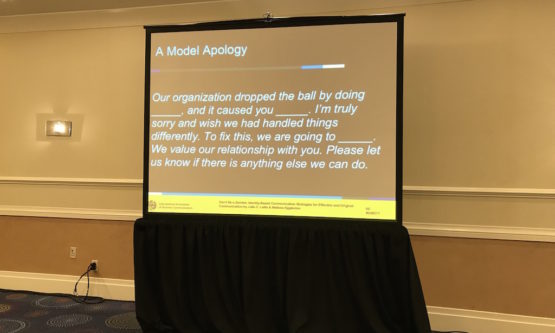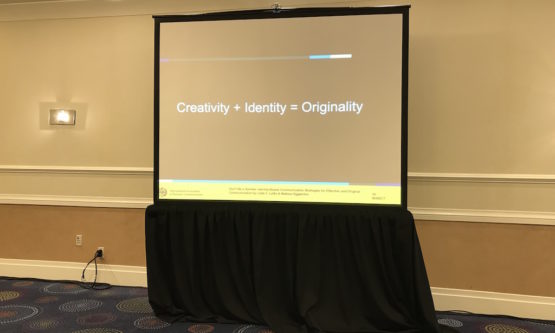By Susan Hoffman
Contributor
Misguided business communication often results in public relations (PR) disasters. In some cases, it has a major impact on companies, causing them to lose millions of dollars and hundreds of customers.
For example, women’s clothing manufacturer Lululemon lost sales after one of its leaders blamed female customers for their body sizes rather than a defective product. The PR disaster was made worse when the same executive attempted a public apology that was directed to company employees rather than customers.
Similarly, United Airlines suffered a PR disaster after a passenger was injured by being physically dragged off a flight and the incident was recorded on video. The incident went viral on social media and resulted in a lawsuit. Furthermore, the CEO came under fire for his insensitive response to the incident.
But how do you say the right thing to your customers when a public relations disaster happens? What can you do to ensure that you won’t make the problem worse?
Zombie Communication Occurs when Company Identity and Values Aren’t Clear
Zombie communication was the topic of a recent workshop during the 2017 International Association of Business Communicators (IABC) World Conference. In their IABC workshop “Don’t be a zombie: Identity-based communication strategies for effective and original communication,” speakers Julie Lellis and Melissa Eggleston addressed the need for businesses to communicate in a way that helps companies in trouble to mitigate disasters and avoid customer rejection. Lellis is an associate professor of communications at Elon University in North Carolina, while Eggleston is a user experience specialist, content strategist and author.
In their workshop, Lellis and Eggleston spoke of the need to thoroughly understand a company’s identity, its values and its customers. Zombie communication starts with poor communicators and canned PR spiels that are perceived by customers as:
- Self-absorbed
- Stiff
- Haphazard
- Insulting
- Indistinguishable from other companies
Instead, Lellis and Eggleston noted that business communication should be:
- Mindful
- Stable
- Flexible
- Original
- Giving
The presentation showed that communication is a valuable tool to show your customers that they are your first priority. When companies use these qualities to create quality communication, especially after a disastrous incident, that communication can reduce the customer anger and financial harm caused by a PR disaster.

A Formula for Original Communication
Lellis and Eggleston suggested a new formula for crafting original and authentic communication. They noted that using your creativity and knowing your company’s identity equals originality.

Emails, memos, speeches and other forms of communication should sounds like they’re coming from real humans as opposed to corporate “zombies.” As a result, businesses should find it easier to interact with their customers and earn loyalty from both employees and customers.

Comments are closed.